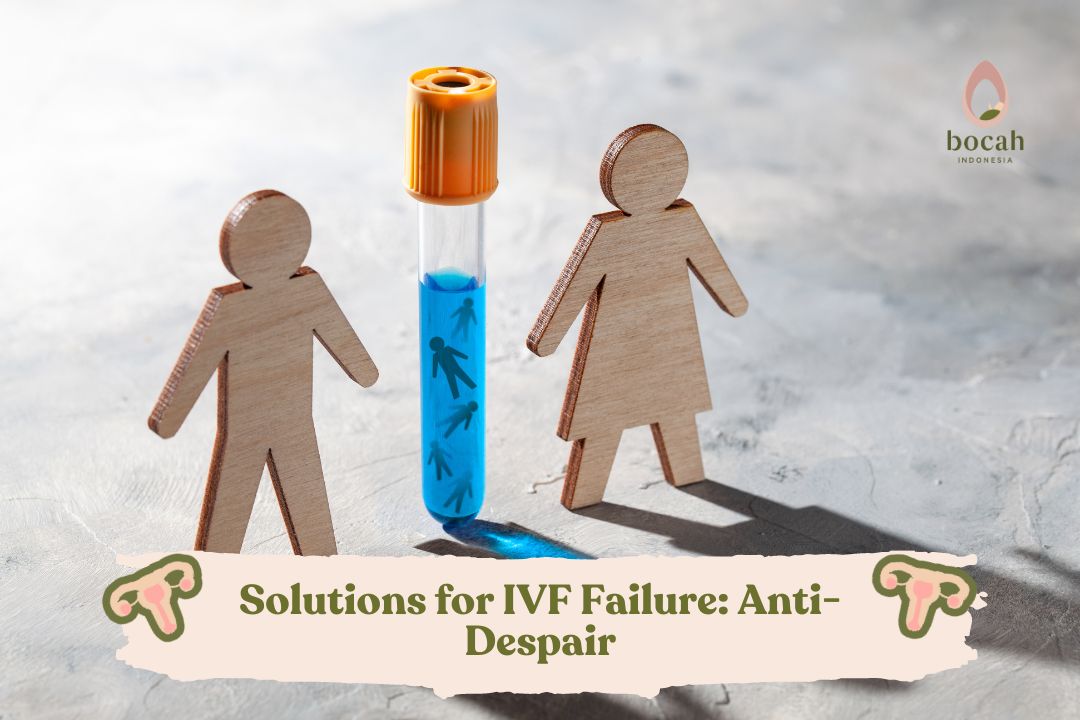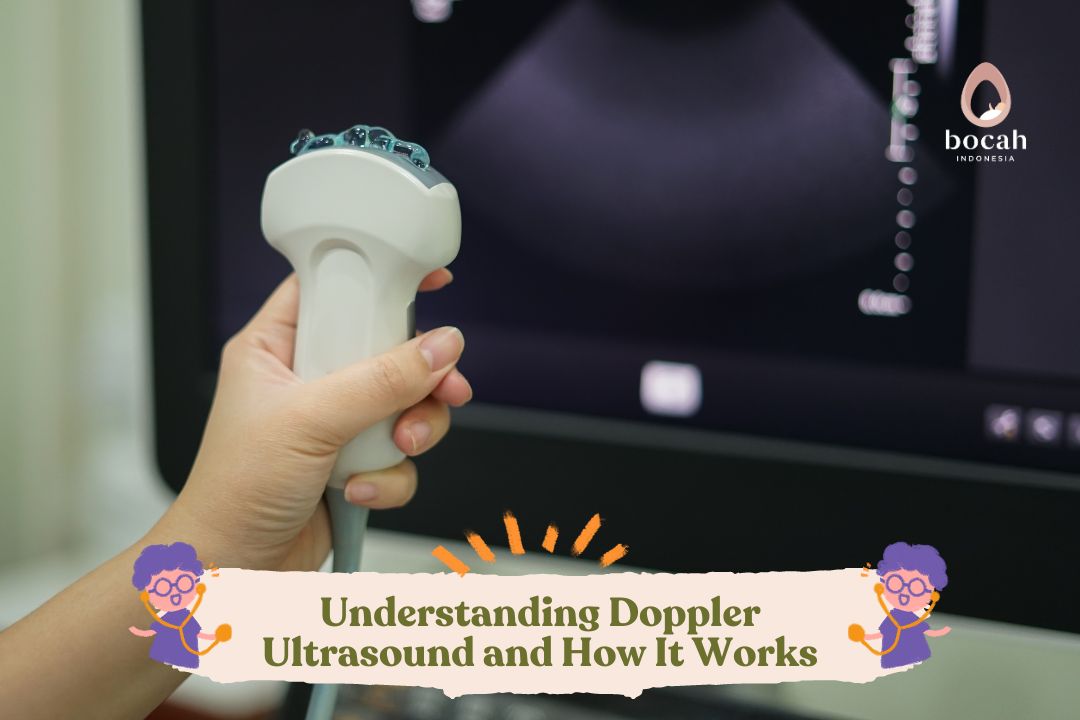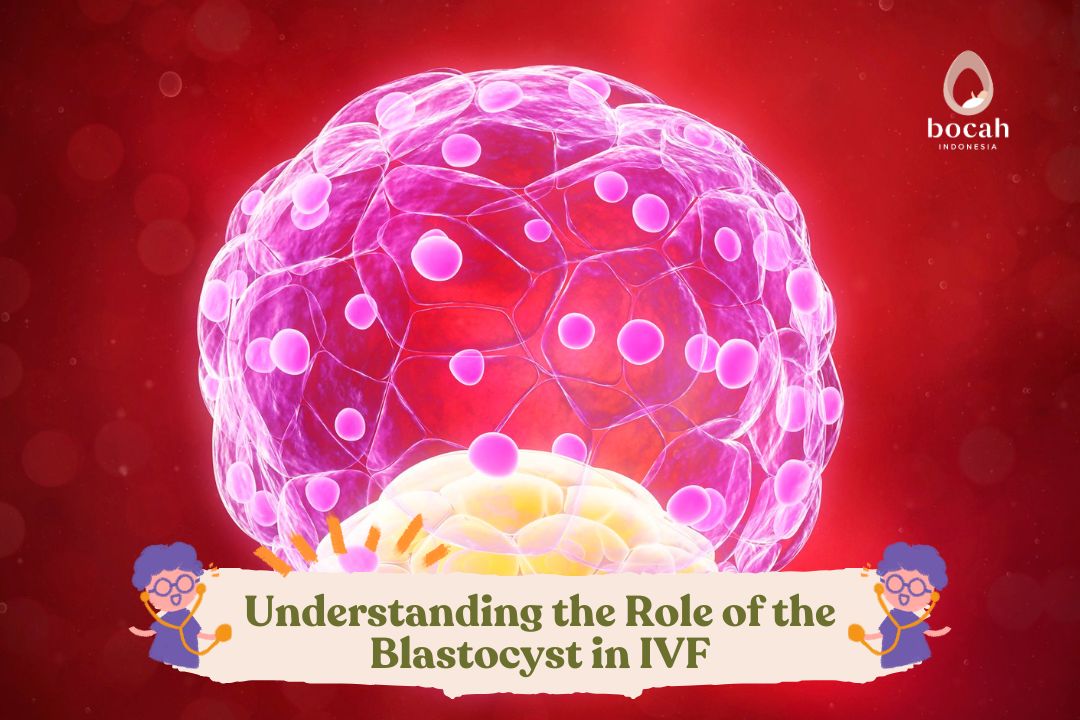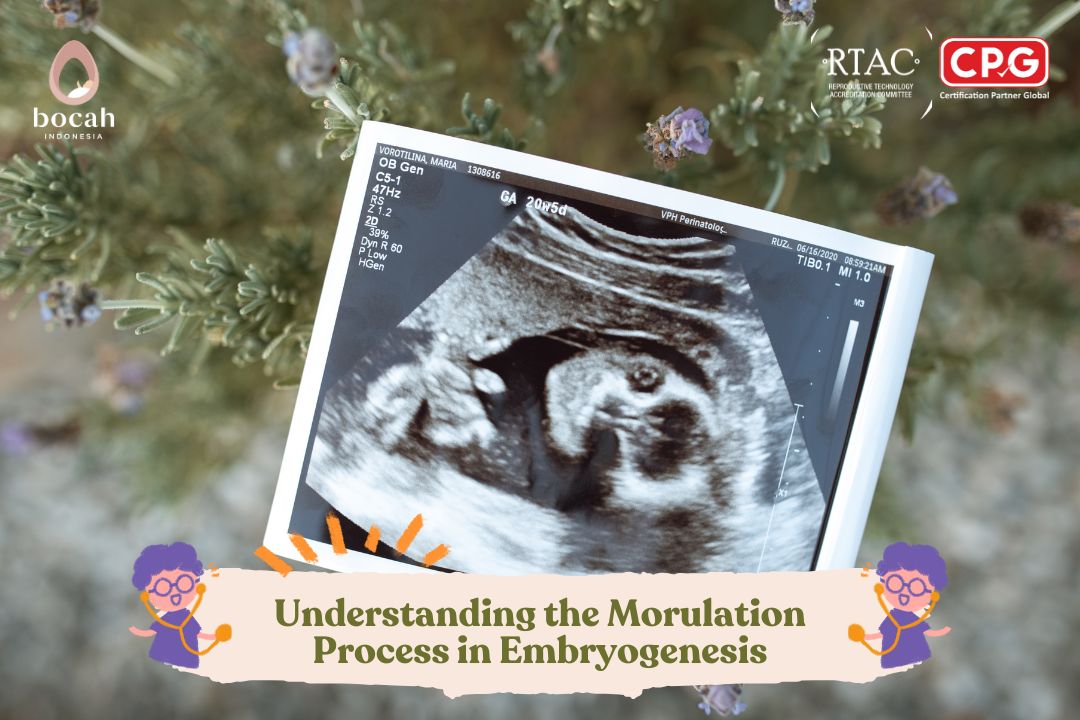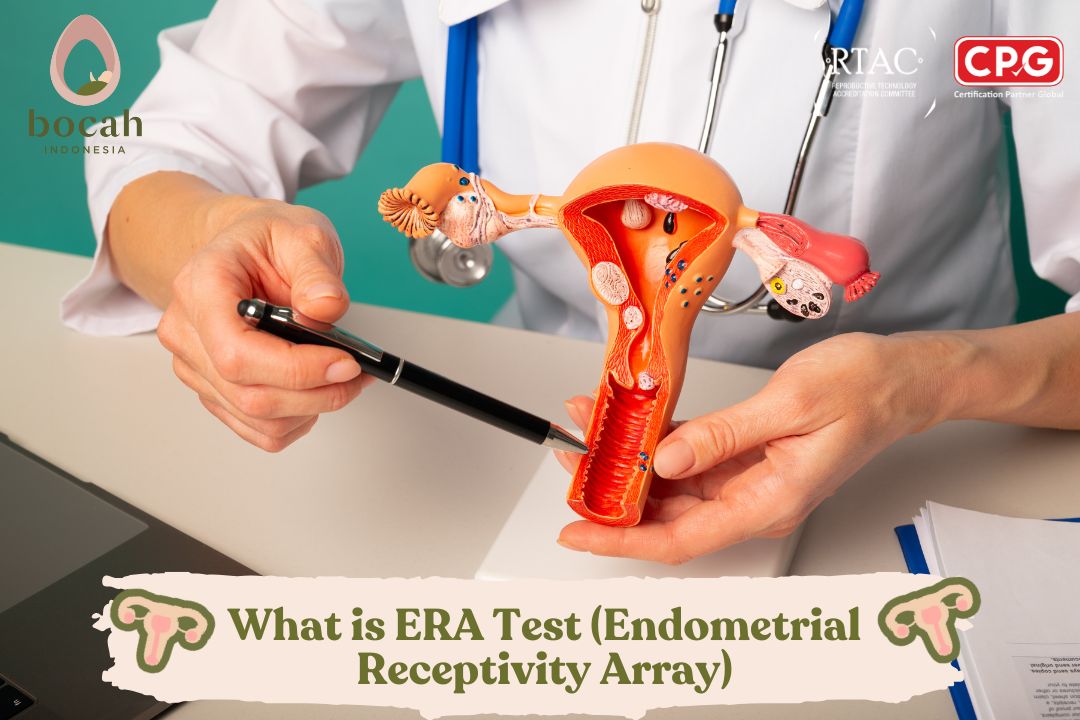Understanding Round Spermatid Injection (ROSI): A Treatment Approach for Azoospermia
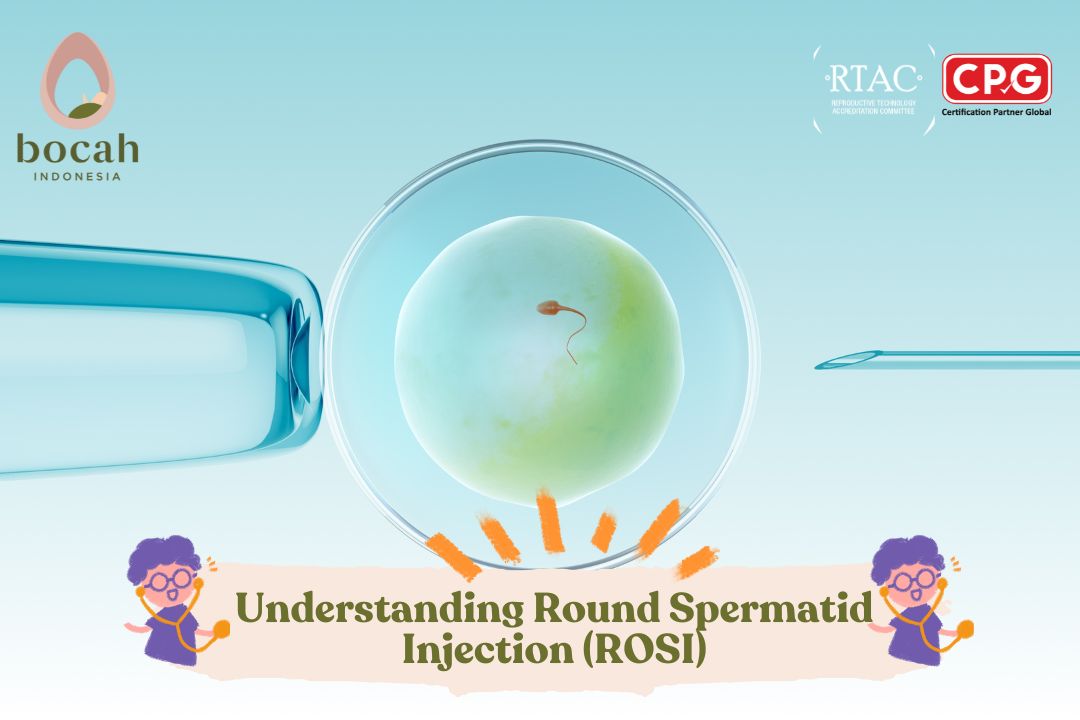
Round spermatid injection (ROSI) is claimed to be a potential method for men with azoospermia who wish to have biological children.
In in vitro fertilization (IVF) procedures, intracytoplasmic sperm injection (ICSI) is routinely used to facilitate the fertilization of an egg with a high-quality, mature sperm cell. However, in some infertile men, mature sperm cells are difficult or even impossible to find. In such cases, round spermatids often represent the most mature cells detected from testicular biopsy results. Round spermatids are at a developmental stage just before sperm maturation. If these cells are injected into the egg, the procedure is referred to as round spermatid injection (ROSI).
Why Was ROSI Developed?
Infertility has become a global health issue, affecting approximately 15% of couples of reproductive age. Male infertility accounts for 50% of cases, and among infertile men, around 10-15% present with azoospermia.
Azoospermia is defined as the complete absence of sperm cells in semen. Based on its cause, this condition is categorized into obstructive azoospermia (OA) and non-obstructive azoospermia (NOA).
Obstructive azoospermia may occur in men who have undergone a vasectomy, suffered surgical injuries to the vas deferens or epididymis, or have primary epididymal obstruction due to infection, despite having normal sperm production. On the other hand, NOA can result from primary or secondary testicular failure or incomplete testicular development, characterized by impaired sperm production (spermatogenesis). Nonetheless, some men with NOA exhibit active spermatogenesis up to the round spermatid stage.
Tanya Mincah tentang Promil?
In cases of azoospermia, men are generally advised to undergo testicular sperm extraction (TESE), a procedure used in IVF programs. This involves making a small incision in the scrotum to extract a testicular tissue sample in search of sperm. However, in some cases, mature sperm cells cannot be found.
In such situations, round spermatids—precursors to mature sperm cells—can serve as substitutes. Normally, these cells are incapable of fertilizing eggs. However, ROSI allows round spermatids to achieve fertilization.
Studies have found that about 30% of men with NOA have round spermatids in their testicular samples, even when no mature sperm or advanced-stage spermatids are detected. This finding offers hope that men with azoospermia may still have a chance to father biological children using their own round spermatids.
Spermatogenesis and ROSI Theory
To better understand the ROSI procedure, it is important to first comprehend the process of sperm formation, known as spermatogenesis.
Spermatogenesis is the process by which diploid spermatogonia (with two sets of chromosomes/2n) develop into haploid spermatozoa (with a single set of chromosomes/n). This process occurs in three main stages:
- Mitosis: In this stage, spermatogonia proliferate, and mitotic division results in diploid primary spermatocytes.
- Meiosis: The primary spermatocytes undergo two rounds of meiotic division. The first meiotic division produces haploid secondary spermatocytes. The second meiotic division produces round spermatids (early-stage spermatids). At this stage, the spermatids possess haploid genetic material similar to mature sperm cells but lack motility and fertilization capability.
- Spermiogenesis: In this final stage, round spermatids elongate and develop tails, eventually transforming into mature spermatozoa with optimal fertilization capacity.
For fertilization to occur, sperm cells must be able to activate the egg, facilitating the transfer of paternal genetic material and subsequent embryo development.
Experts believe that the transformation of spermatids into mature sperm is primarily intended to transport paternal genetic information into the egg. Thus, theoretically, injecting haploid genetic material from the round spermatid nucleus may be sufficient for fertilization and embryonic development. In animal models, the injection of round spermatids and secondary spermatocytes into eggs has successfully resulted in fertilization and pregnancy with relatively consistent success rates.
Success Rates of Pregnancy with ROSI
In 1996, Tesarik et al. were the first to successfully inject round spermatids into human eggs. At the time, ROSI was used as the sole treatment for NOA patients whose most mature sperm cells were advanced-stage (elongated) round spermatids. Between 1996 and 2000, nine offspring were reported to have been conceived through ROSI. However, no further births using ROSI were documented over the following 15 years.
It was not until 2015 and 2018 that Tanaka et al. reported follow-up observations of babies born via ROSI. In their study, 2,657 ROSI procedures were performed between September 2011 and December 2014, ultimately resulting in 90 births from 83 couples. The study found no significant differences in the physical and cognitive abilities of ROSI-born babies compared to those born through natural conception.
In 2021, Hanson et al. conducted a meta-analysis of 22 cohort studies in the UK involving 1,099 couples and 4,218 embryo transfers. The findings showed that the fertilization rate following ROSI was 38.7%, while the pregnancy rate was only 3.7%. Consequently, the live birth rate was low, at only 4.3% of total embryo transfers. The pregnancy rate per couple was 13.4%, and the live birth rate per couple was 8.1%.
Based on these studies, it can be concluded that ROSI is capable of achieving clinical pregnancies and live births. However, its success rate is significantly lower than that of ICSI using mature sperm cells. In other words, round spermatids obtained from azoospermic men via TESE often fail to fertilize eggs effectively. Even when fertilization is successful, round spermatids generate embryos at a much lower rate than fully mature sperm.
Although this technique may be a potential alternative for men with azoospermia, couples must recognize that the chances of achieving pregnancy and childbirth remain very low.
Conclusion
For men with azoospermia, the options for having biological children are relatively limited. Couples may consider sperm donation, but many prefer to have genetically related offspring. ROSI offers an alternative for azoospermic men who lack mature sperm, yet it must be noted that its success rate is significantly lower than that of ICSI using mature sperm.
Moreover, ROSI, which involves the use of immature sperm cells, presents technical challenges and may pose genetic risks. For this reason, the American Society for Reproductive Medicine (ASRM) continues to classify ROSI as an experimental procedure, recommending that it only be performed within approved and supervised clinical trials.
Sources:
- Gross, Kelli X., Brent M. Hanson, and James M. Hotaling. “Round spermatid injection.” Urologic Clinics 47.2 (2020): 175-183.
- Hanson BM, Kohn TP, Pastuszak AW, Scott RT, Cheng PJ, Hotaling JM. “Round spermatid injection into human oocytes: a systematic review and meta-analysis.” Asian Journal of Andrology. 2021 Jul 1;23(4):363-9.
- Tanaka A, Watanabe S. “How to improve the clinical outcome of round spermatid injection (ROSI) into the oocyte: Correction of epigenetic abnormalities.” Reproductive Medicine and Biology. 2023 Jan;22(1):e12503.
- Tekayev M, Vuruskan AK. “Clinical values and advances in round spermatid injection (ROSI).” Reproductive Biology. 2021 Sep 1;21(3):100530.


